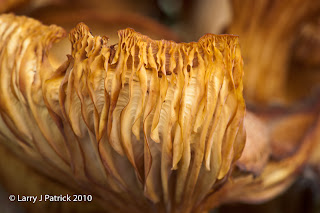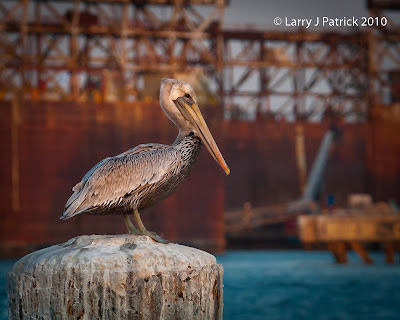Merry Christmas to all!
 I did not get this young man’s name but he was Mad Hatter’s running mate. I was very lucky when I took this photo that my subject tilted his head just before I took the shot. This slight tilt added so much to the image.
I did not get this young man’s name but he was Mad Hatter’s running mate. I was very lucky when I took this photo that my subject tilted his head just before I took the shot. This slight tilt added so much to the image. In this photo, I wanted to bring out the bright colors and his unusual eye and mouth wear so in post processing I tried to really emphasize the contrast between his attire and the softness of the background to make sure that I had good separation between the two.
I tried without any success to change the color of the background from a warm color to a cooler one. Nothing that I tried seemed to look good to me, so the background is as shot. When I try something like this, I am not sure whether I did not do a good job with my Photoshop magic or that I know that it has been changed and thus no matter what I do or how good I do it, the change just does not look right. Welcome anyone’s comments on this one.
Again, Merry Christmas to all!
Enjoy.
Camera settings: Nikon D3, Nikon 70-200mm f/2.8 shot at 70mm, ISO 200, f/2.8 and 1/350th of a second.
Post Processing:
Lightroom 3—Adjusted white balance, added mid tone contrast.
Photoshop CS5—used nik Color Efex Pro tonal contrast to add contrast to his clothing and facial mask.






















